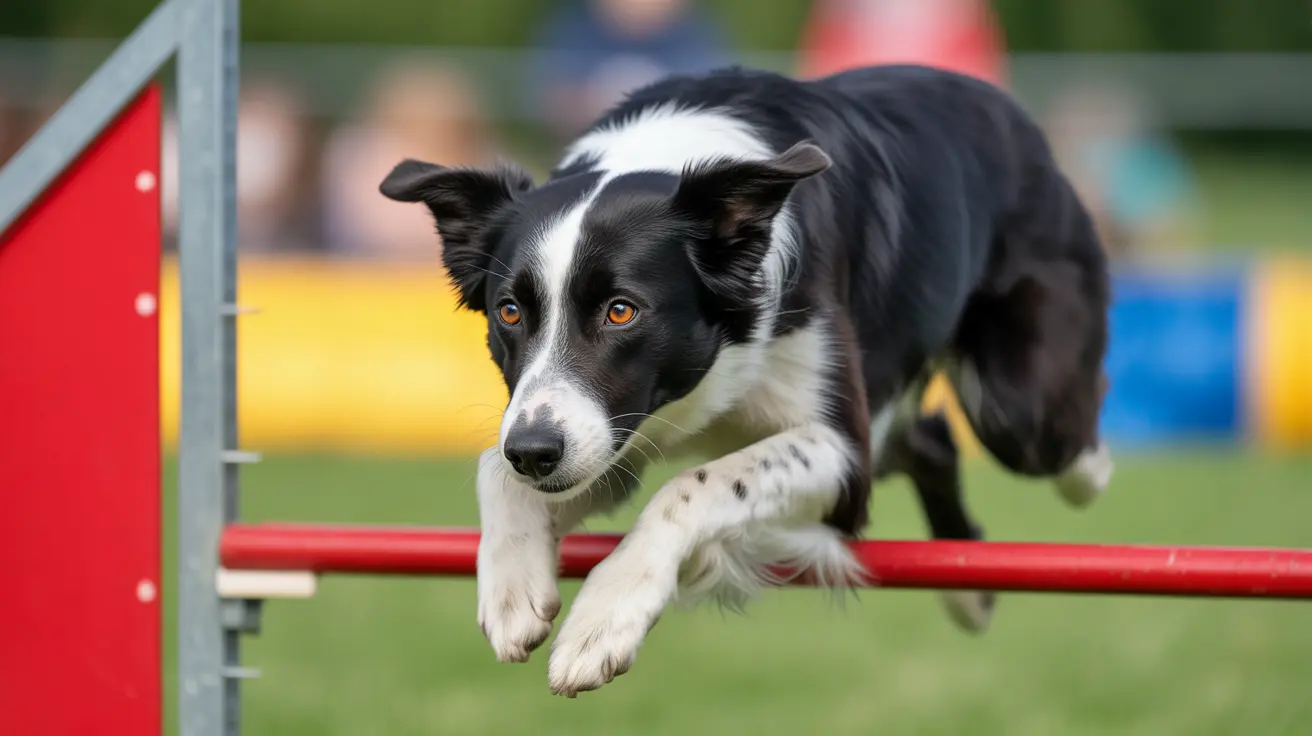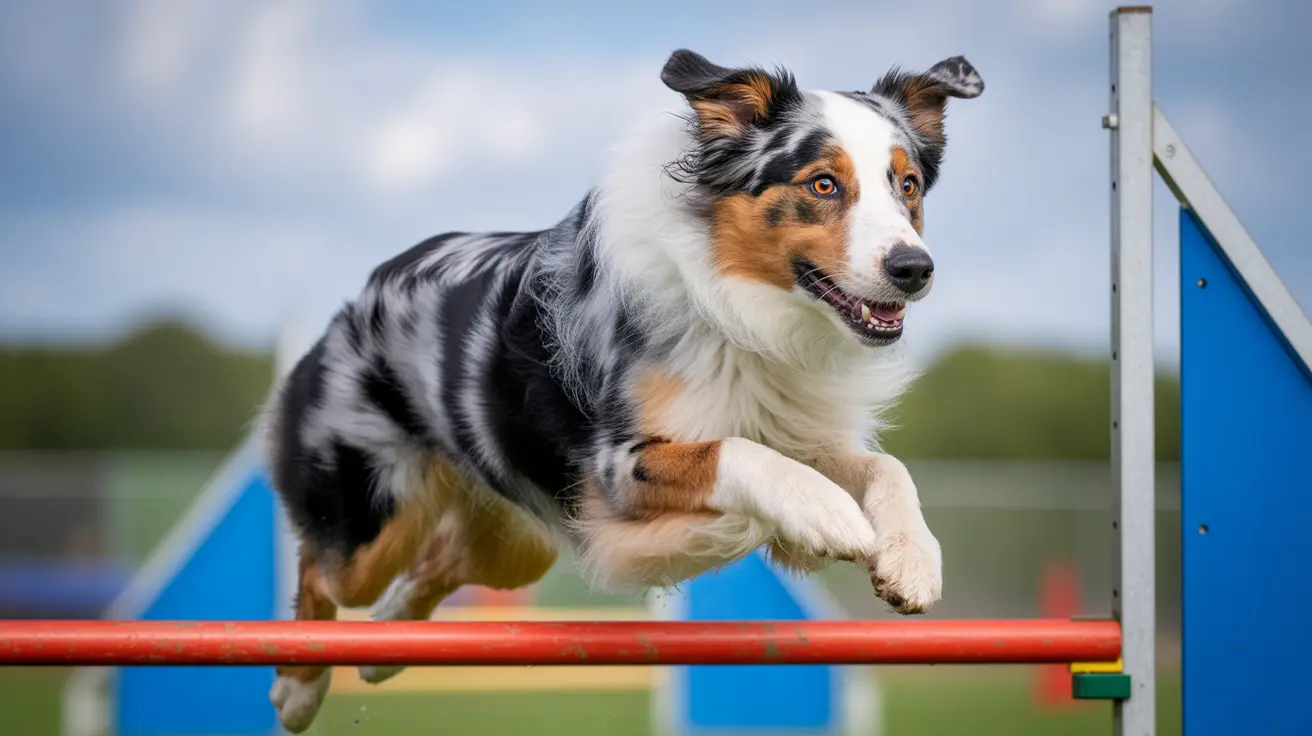What Makes a Red Husky Unique?
Red Huskies are a striking variation of the beloved Siberian Husky breed, appreciated for their unique coloration and all the desirable traits Huskies are known for. This article explores what distinguishes red Huskies, how they develop their coloration, and what it means for their care and temperament.
Understanding the Red Coat
A red Husky is not a separate breed but a Siberian Husky with a distinctive red (or copper) and white coat. The red coloration can vary greatly in intensity and hue:
- Light red: A pale, almost sandy shade.
- Copper: A vibrant, rust-colored tone.
- Dark sienna: Closer to a deep reddish-brown.
This coat variation is naturally occurring within the Siberian Husky gene pool and is complemented by liver-colored noses, eye rims, and lips.
Genetic Origins
Red Huskies owe their coloring to their genetic makeup. Unlike some other breeds, this red pigmentation is not due to the merle gene – which can be associated with health issues in other breeds – but is a healthy, natural variation in the Siberian Husky lineage. The genes responsible produce pheomelanin, a red/yellow pigment, instead of the darker eumelanin that results in black or gray coats.
Breed Standards and Recognition
Red and white are fully recognized coat colors in the breed standards of major kennel clubs, such as the American Kennel Club (AKC). Red Huskies meet all the same physical and behavioral criteria as other color varieties:
- Medium-sized stature.
- Height: Males 21–24 inches; females 20–22 inches.
- Weight: Males 45–60 lbs; females 35–50 lbs.
- Double coat composed of soft undercoat and stiffer guard hairs.
- Erect triangular ears and expressive almond-shaped eyes, which may be blue, brown, amber, green, or different colors (heterochromia).
Temperament and Behavioral Traits
Like all Siberian Huskies, red Huskies are:
- Intelligent – They are quick learners, though sometimes stubborn.
- Energetic – They require at least 30–60 minutes of vigorous exercise each day.
- Sociable – Friendly with people and other dogs, though early socialization is essential.
- Vocal – Known for howling rather than barking.
- Independent – They often think for themselves, which can make training a test of patience.
Their outgoing nature makes them excellent companions for active individuals or families, but their boundless energy can result in destructive behaviors if not properly directed.
Care and Maintenance
The red Husky’s double coat offers protection against both cold and heat but requires consistent grooming:
- Shedding: Expect heavy shedding year-round and more intense "blow outs" during seasonal changes.
- Brushing: Brush several times per week; daily during shedding seasons.
- Bathing: Clean only as needed to preserve natural coat oils.
- No shaving: Never shave a Husky’s coat – it compromises their natural insulation and sun protection.
Regular grooming also includes nail trimming, ear cleaning, and dental care.
Diet and Nutrition
Red Huskies thrive on a balanced, high-quality diet that includes adequate protein and zinc. The breed is prone to zinc deficiency, which can lead to skin issues. Some dietary tips include:
- Choose from reputable brands with balanced formulations.
- Seek vet advice for specialized needs, especially regarding allergies.
- Provide several small meals a day to reduce the risk of bloat.
Health Considerations
Siberian Huskies, including red-coated ones, are generally healthy but may carry certain genetic predispositions:
- Eye disorders: Juvenile cataracts, glaucoma, progressive retinal atrophy.
- Hip dysplasia: Less common than in other large breeds.
- Hereditary epilepsy: Can occur but is relatively rare.
- Zinc-responsive dermatosis: Linked to dietary zinc deficiency.
- Congenital laryngeal paralysis: A rare but potential issue.
Routine vet visits and screening for breed-specific disorders are highly recommended.
Red Huskies in History and Popular Culture
All Siberian Huskies descend from dogs bred by the Chukchi people in Siberia. Their role as sled dogs made them integral to Arctic and sub-Arctic human life. Red Huskies, though less common than black-and-white variants, have shared in the breed’s storied history, including their legendary participation in the 1925 serum run to Nome, Alaska.
Is a Red Husky Right for You?
Before bringing home a red Husky, consider the following:
- Exercise needs: They require daily vigorous activity and mental stimulation.
- Training: Requires patience, consistency, and positive reinforcement.
- Living space: Best suited to homes with large, fenced yards.
- Grooming commitment: Regular brushing and seasonal blow-out management.
- Companionship: They thrive in homes where they are not left alone for long hours.
Conclusion
A red Husky is a captivating and high-energy companion best suited to active, dedicated owners. Their beautiful coat, combined with the breed’s strength, intelligence, and affectionate nature, makes them an ideal choice for those prepared to meet their needs. Whether running through snow-covered trails or lounging with family, red Huskies shine as loyal and spirited pets.





